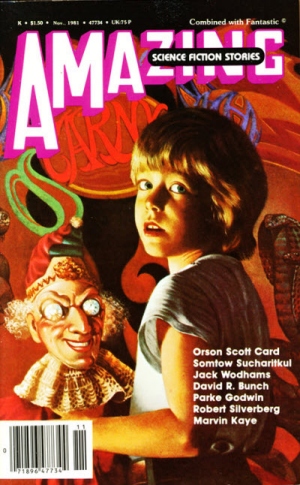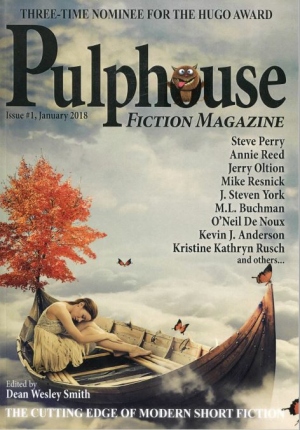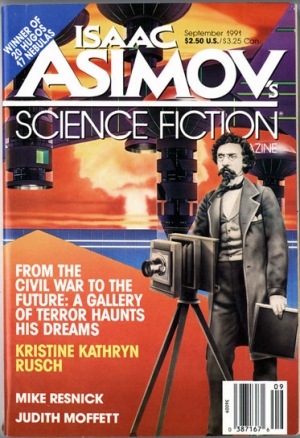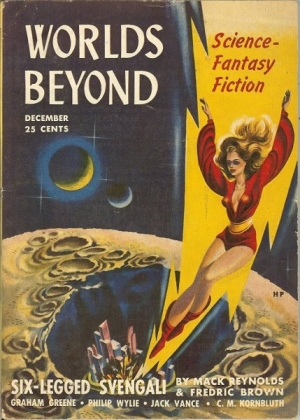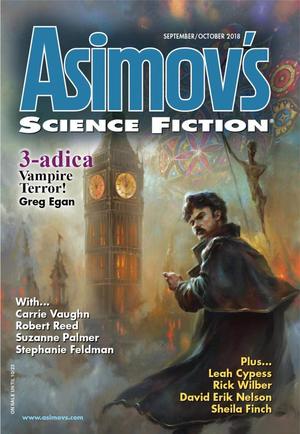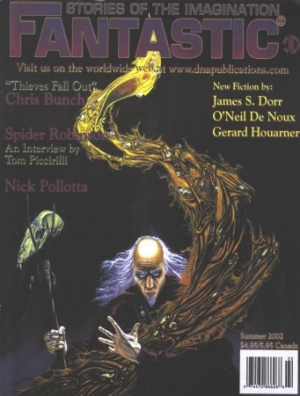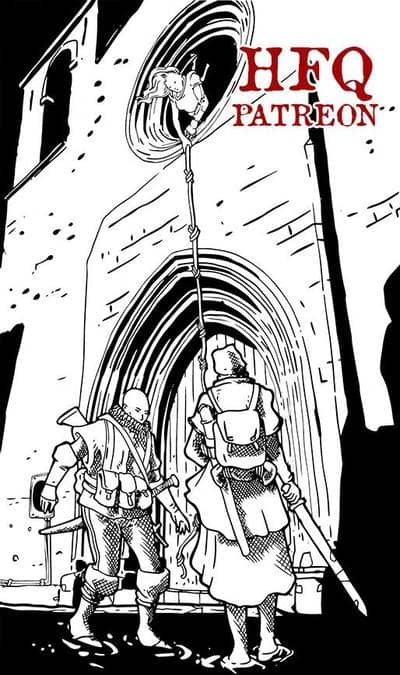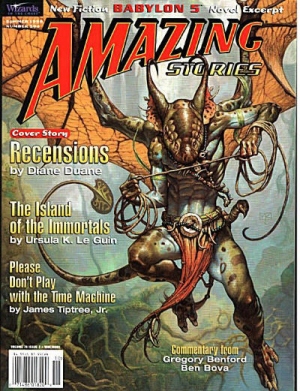A (Black) Gat in the Hand: Black Mask — Spring, 2017
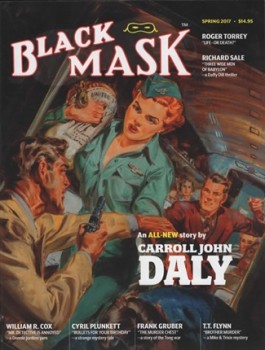 “You’re the second guy I’ve met within hours who seems to think a gat in the hand means a world by the tail.” – Phillip Marlowe in Raymond Chandler’s The Big Sleep
“You’re the second guy I’ve met within hours who seems to think a gat in the hand means a world by the tail.” – Phillip Marlowe in Raymond Chandler’s The Big Sleep
(Gat — Prohibition Era term for a gun. Shortened version of Gatling Gun)
In the Fall of 2016, Altus Press revived the legendary Black Mask magazine, reprinting stories from the old pulps with a mix of new hardboiled tales; including a cover story from my talented friend Paul Bishop. Altus also relaunched two other classic pulps: Argosy (which only lasted one issue) and Famous Fantastic Mysteries (just two issues). However, the fifth issue of Black Mask will be out this Fall (with an essay from yours truly).
Today in A (Black) Gat in the Hand, we’re going to look at each of the entries in the second issue of the new Black Mask, from the Spring of 2017. And this issue starts big!
Carroll John Daly’s “Murder for a Stuffed Shirt” is a previously unpublished tale!
Carroll John Daly was the biggest star at Black Mask in the twenties and thirties. Putting Race Williams on the cover guaranteed increased sales. When he fell out of favor at Black Mask, Daly took Williams to Dime Detective, where he also created Vee Brown (I have a tough time buying into Brown, a hardboiled special DA operative and also a wealthy composer of hit sentimental songs. I wrote about Daly’s creation of the hardboiled genre with “Three Gun Terry Mack” here.
But this issue of Black Mask contains a never-before-seen Daly story, uncovered by his grandson. It feels very much like a pre-hardboiled piece and not one person is shot! It’s different than any other Daly story I’ve read and I liked it.
“Mr. Detective is Annoyed” by William Robert Cox originally appeared in the March, 1938 issue of Captain Satan. Cox had over 130 stories published in the pulps under his own name, plus more using various pseudonyms. He wrote eighty novels, many westerns and was the creator of Cemetery Jones and the Maverick Kid.
The story is one of four to feature Donny Jordine, who doesn’t like to sit around and wait for the machinery of justice to creak along. He makes things happen on his own. “Mr Detective is Annoyed” isn’t a bad story, but it didn’t leave me wanting more Jordine.
